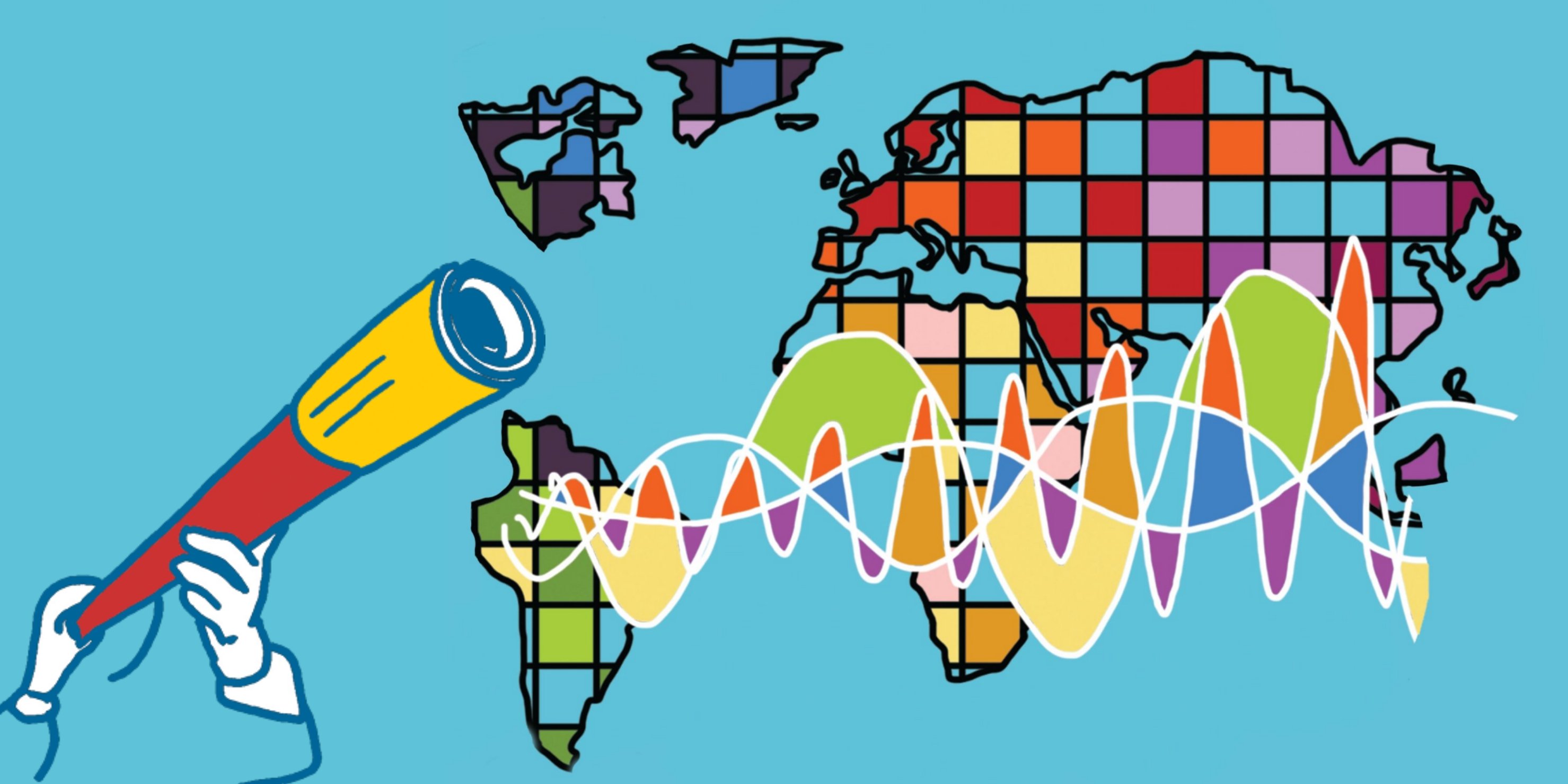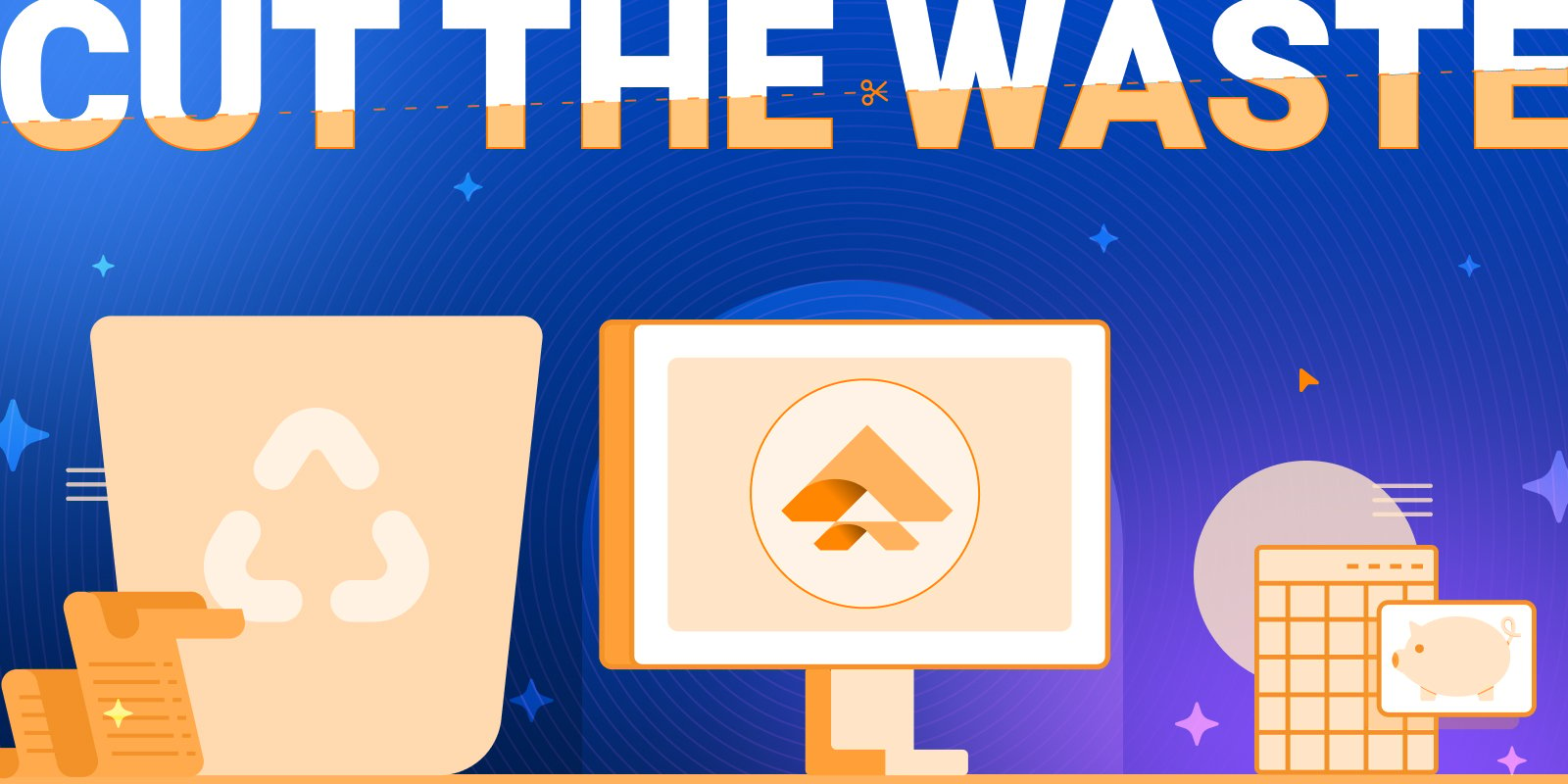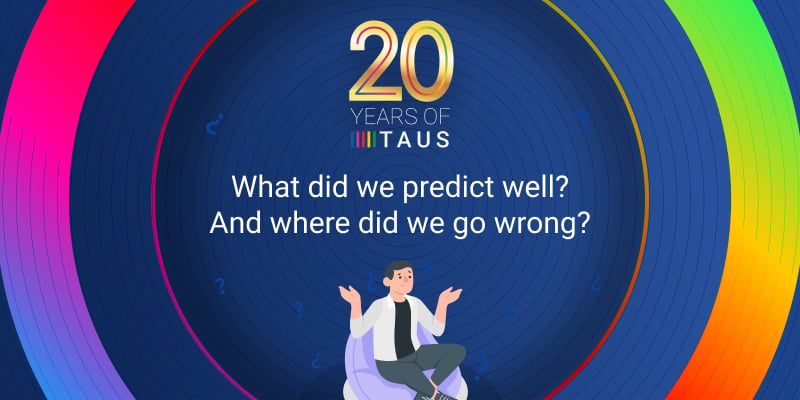Let the Roaring Twenties of Translation Begin!

After fifteen years at TAUS, Founder and Director Jaap van der Meer suggests that 2020 will be the roaring twenties of translation and reflects back on what has happened in the last fifteen years and makes suggestions for the future.
In January 2005 we held the first TAUS Round table meeting in San Francisco. For those of you who have followed me over these fifteen years, you know I think that automation and innovation in translation can never develop fast enough. Why is that? Well, first of all out of personal interest: I find it fascinating what technology can do for language and translation. But secondly, for a definitely ideological reason: I believe that as language professionals it is our mission to help the world communicate better. And that is the point: only through technology we can deliver on that mission.
For fifteen years now, we at TAUS have been excited about technology breakthroughs and business innovations. We were at the core of the open-source Moses MT movement. We founded the TAUS Data Cloud to help feed the first statistical MT engines with more language data to boost their performance. And when we saw the dramatic improvements of the first Neural MT engines in 2017, Andrew Joscelyne and I wrote the book Nunc Est Tempus, Now is the Time to Redesign your Translation Business. We expected an acceleration in adoption of MT and a major transformation in the translation ecosystem.
Now, two years later, we realize that we were overly optimistic when we published that book, as there hasn’t yet been a complete overhaul of the translation sector. Just because something is technically possible, it doesn’t mean that it will happen. We overlooked the reality of market forces and economic pressure, usually the only drivers for change in companies and industries.
In a previous blog article, World-Readiness and Translation Economics, I claimed that the current economic model in the translation industry is not sustainable. No matter how low translators are being paid, the current supply-chain model simply cannot compete with the free machine economy. The start-up of the transformation was a bit slow. It took the executives on the provider and buy side of the translation market time to realign their strategies, but at the end of the day: money talks. The question is no longer whether or not MT is disruptive but how disruptive it will be.
So now the roaring twenties of translation are coming … If you are a manager in the translation industry and you are in the luxury position of being able to select a new technology, a new platform and a new vendor in 2020, where will your focus be: on the human in the loop, the data in the loop, or the meter on the pipe.
The Human in the Loop
I have wondered why quite a number of translation technology platforms have chosen the phrase “the human in the loop” as a slogan or tagline on their websites. After all, there is nothing new about having humans involved in translation. Ever since the introduction of Translation Memory tools we have been talking about Computer-Aided-Translation and Human-Assisted Translation. So, it is not exactly revolutionary to make a claim about keeping the human in the loop. Perhaps, it is just marketing spiel, an attempt to pacify the translators and linguists, who of course know very well that their profession is on the verge of disappearing, or at least changing dramatically. Their job, for the time being, is to edit and annotate translations to help improve the engines until they are good enough. And that is indeed only a matter of time: five, ten or twenty years, depending on the language or domain. And for some domains, prose and poetry, machines may never be perfect.
I am sure the focus on ‘the human in the loop’ is meant only in a positive way. We will need language professionals and enthusiasts now and forever to keep our languages, cultures and translations in top-notch condition. Thanks to translation automation, content flows will keep growing and there will be plenty of work for everyone.
So when it comes to the human in the loop, our recommendation and advice to managers, when they make their buy decisions in 2020, is threefold:
- Differentiate the quality and service levels that you require for post-editing, or review or transcreation.
- Stop squeezing your word rates and consider paying translators and editors by the hour with decent fees just like other highly-skilled professionals. (In fact, the embarrassingly low rates paid to translators have been an important factor behind the slow adoption of technology in the translation industry.)
- Allocate budget for training and learning new skills.
The Data in the Loop
‘The Data in the Loop’ would be a much better slogan or tagline for an innovative service and technology provider in our space. You might think it is the technology and specifically the MT engines that make a difference, but the truth is that the algorithms are often open-source and easy-to-access (at very low API charges). So the biggest leap forward - the ‘extra mile’ - is achieved through the data that we feed the engines. In Nunc Est Tempus we describe the Modern Translation Pipeline with two data feedback loops: one for the language data that improve the performance of the MT engines and another one for translation (management) data that inform process decisions, such as resource allocation and content profiling.I guess that language service and technology providers, just like the big-tech companies, prefer not to advertise their ‘Data in the Loop’ strategy. After all, this is their secret weapon. The more data they can accumulate the better the product and the service will get. And the better the product and service get, the more locked-in customers will become. This is not an evil strategy. It’s how business has always worked: the better you know your customers, the better you can service them. Except it is now becoming data-driven and as a result it runs like a machine.
And exactly for that reason, we advised all operators in the translation ecosystem to take control of their own language data stream. How you manage and optimize your data determines the success and competitiveness of your global content and translation activities. So when it comes to the data in the loop, our recommendation and advice to managers, when they make their buy decisions in 2020, is:
- Take control of your language and translation data. Think about where they are stored and how they are managed. Ensure a proper process for the transformation of your translation memory data and the feedback loop into your workflow. If you give up control over your data you are just giving away the machine that runs your whole business.
- Don’t be intimidated by alerts about protection and copyright. These warnings are often made for the wrong reasons. Be aware that GDPR and CCPA are designed to protect us as citizens and consumers against possible attacks by big-tech companies; they aren’t intended to hinder the normal execution of our business.
The Meter on the Pipe
The most strategic slogan of all, in our opinion, would be ‘The Meter on the Pipe’. How many buyers and providers of translation have a meter that allows them to tell real-time how many words have been translated on each project and how well their machines perform in terms of post-edit productivity, edit-distance-density, and quality? We would bet less than 2%. And yet, this is the most important first step in the roaring twenties of translation. Because, if you don’t measure, you can’t manage. It’s no different from the smart meters many of us now have in our homes to manage our gas and electricity consumption. They tell you real-time how much energy you have used and how you compare to families living in similar homes.
Over the past ten years, TAUS has developed DQF as a standard method for all operators in the global translation ecosystem to measure not just quality, but also productivity. DQF is now being used by several global enterprises and service providers. Through plugins in translation tools, DQF collects production and quality review data and generates extensive and detailed reports that can be collected through the DQF Data Connector or tracked directly on the DQF Dashboard. And just like your fitbit or your home energy meter, DQF will tell you how you are doing compared to your peers. This is not just another gadget. It provides vital data that tell you whether your technology investments are paying off, whether you are on a par with similar companies and operators, or if there is a problem with an engine, a vendor or the data you have been using. It will ensure full transparency about the time spent on different activities and projects. You will see the outliers immediately on the dashboard, so you can start debugging your workflow by zooming in on more detailed reports. And you will be able to demonstrate to your executives that you are now really in command of your business.
So, when it comes to measuring and managing your translation business, our advice to managers when they make their buy decisions in 2020 is very simple and straightforward: Put the Meter on the Pipe! In other words, ensure that DQF is integrated into the translation platform or tool you are using. And make your 2020s really roar!

Jaap van der Meer founded TAUS in 2004. He is a language industry pioneer and visionary, who started his first translation company, INK, in The Netherlands in 1980. Jaap is a regular speaker at conferences and author of many articles about technologies, translation and globalization trends.
 by Dace Dzeguze
by Dace Dzeguze

